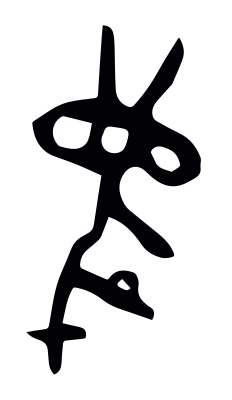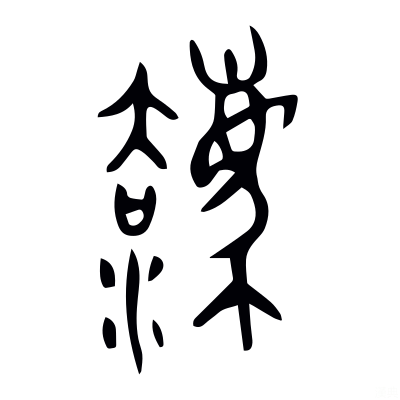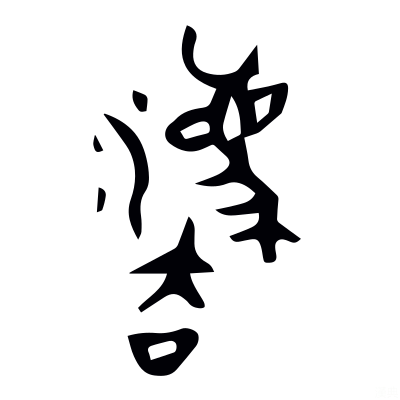This is actually a reduced form of the original character, 灋. In addition to the three drops of water, the word is made up of 廌 and 去. 廌 chih4/zhi is recorded as being a large, gentle beast that lived by the water. It had one horn (and maybe a recollection of the ancient Elasmotherium, the Siberian unicorn, which died out about 39,000 years ago).

This is the 廌. Here you can see how the character was written on early Western Chou/Zhou bronzes, about three thousand years ago:


When there was a dispute, or someone was accused of a crime, they would take it to the 廌 chìh/zhì, which would point out the wrongdoer with its horn; then the wrongdoer would be banished. The 廌 lived by water, thus the three drops. The wrongdoer was banished, 去.
The word 灋 had the connotation of huge, large (like the Elasmotherium), and also had the connotation of wasted, discarded (去). However, the character is a bit ungainly, so they left out the rhinoceros and kept the water and the leaving.
The idea of water is also that water always finds an equal level, so it has the idea of equality, justice, and fairness.